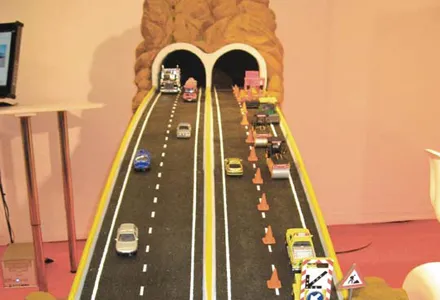Web Headline US driving distances seeing increase
Main Site Taxonomy WH12, ITS16
Sub Taxonomy
Image supplied Needs XSP WH & ITS
A recent study from the University of Michigan highlights key diverging trends in the amount of urban and rural driving. The study into Sustainable Worldwide Transportation was carried out jointly by experts in the field, Michael Sivak and Brandon Schoettle. The focus of the study was on changes in the distances being driven in urban and rural areas of the US. This study
July 12, 2017
Read time: 2 mins
A recent study from the 5186 University of Michigan highlights key diverging trends in the amount of urban and rural driving. The study into Sustainable Worldwide Transportation was carried out jointly by experts in the field, Michael Sivak and Brandon Schoettle. The focus of the study was on changes in the distances being driven in urban and rural areas of the US. This study examined data estimating annual distances driven in urban and rural environments. The research also took into account whether the driving was carried out on interstate highways, arterial routes or other roads. The study covered the period from 2000 to 2016 and uncovered two key facts. The overall distance being driven/year in the US grew 15% between 2000 and 2016. In this time, the total distance driven in the urban cycle increased 33% while conversely, the total distance driven in rural areas dropped by 12%. It is clear that the growth in the overall distance driven in the US between 2000 and 2016 is broadly aligned with the increase in population during the same period. However the trends towards increases in urban driving and decreasing rural driving do not entirely match the shifts in the populations of urban and rural areas in the US and a further study may be required to explain this phenomenon.






